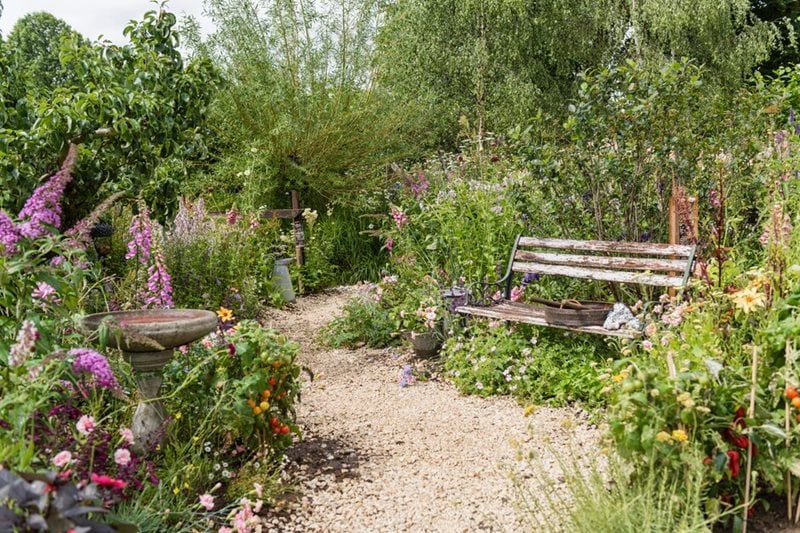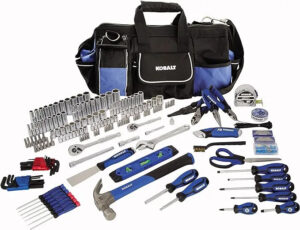Creating a flower garden that supports local wildlife is a rewarding endeavor that benefits both your garden and the surrounding ecosystem. Professional Gardening Services can provide expert advice on how to design and maintain a wildlife-friendly garden, but there are several practical steps you can take on your own. By choosing the right plants and incorporating various features, you can attract and support a diverse range of wildlife including birds, bees, butterflies, and other beneficial creatures.
Choose Native Plants
Native plants are adapted to your local climate and soil conditions, making them easier to grow and more beneficial to local wildlife. They provide food and habitat for various species and require less water and maintenance.
Why Native Plants Matter
- Adaptability: Native plants are well-suited to the local environment, meaning they are more resilient and require less additional care.
- Food Source: They provide essential nectar, pollen, and seeds for insects and birds.
- Habitat: Native plants offer shelter and breeding grounds for various wildlife.
Select Flowers That Attract Pollinators
Pollinators like bees, butterflies, and hummingbirds play a crucial role in your garden’s ecosystem. Choosing flowers that attract these creatures can enhance your garden’s biodiversity.
Best Flowers for Pollinators
- Milkweed (Asclepias spp.): Essential for monarch butterflies, milkweed provides nectar and a place for caterpillars to grow.
- Echinacea (Echinacea purpurea): Also known as coneflowers, these are rich in nectar and attract bees and butterflies.
- Lavender (Lavandula spp.): Lavender’s fragrant flowers attract bees and butterflies while providing a lovely aroma.
Incorporate Water Features
Water is a critical resource for wildlife. Adding a water feature to your garden can provide drinking and bathing spots for birds, insects, and other creatures.
Ideas for Water Features
- Birdbaths: Simple and effective, birdbaths offer a place for birds to drink and bathe. Ensure it has shallow areas and is cleaned regularly.
- Ponds: A small pond can support frogs, dragonflies, and other wildlife. Include plants around the edge to create a natural look and provide cover.
- Fountains: Fountains not only add visual interest but also provide fresh water for wildlife. Choose a model that creates a gentle flow to avoid scaring off small animals.
Create Shelter and Nesting Sites
Wildlife needs shelter for protection and nesting. By adding features that provide shelter, you can create a safe environment for various species.
Ways to Provide Shelter
- Birdhouses: Install birdhouses or nesting boxes to offer safe places for birds to nest. Choose different styles to accommodate various species.
- Brush Piles: A pile of branches or leaves can provide shelter for insects and small animals. Avoid using chemicals on these piles to keep them safe.
- Wildlife Hotels: These multi-chambered structures can house a range of insects like bees and ladybugs. Place them in sunny spots for best results.
Avoid Pesticides and Herbicides
Chemicals can harm beneficial insects and other wildlife. To maintain a healthy garden ecosystem, use natural pest control methods and avoid harmful chemicals.
Natural Pest Control Methods
- Beneficial Insects: Encourage the presence of ladybugs, lacewings, and predatory beetles, which can help manage garden pests.
- Companion Planting: Planting certain flowers together can naturally repel pests. For example, marigolds can deter nematodes and other garden pests.
- Organic Treatments: Use organic solutions like neem oil or insecticidal soap for pest control when necessary.
Design for Year-Round Interest
Creating a garden that supports wildlife year-round means providing food, shelter, and interest throughout all seasons. Plan for seasonal changes to keep your garden vibrant and useful.
Seasonal Considerations
- Spring: Include early bloomers like crocuses and snowdrops to provide nectar when other sources are scarce.
- Summer: Plant a mix of flowers like sunflowers and zinnias that provide continuous blooms and attract a variety of pollinators.
- Fall: Add plants like asters and goldenrods that offer late-season nectar and seeds for birds.
- Winter: Incorporate evergreen plants and seed heads that provide food and cover during the colder months.
Conclusion
By focusing on native plants, attracting pollinators, adding water features, providing shelter, avoiding chemicals, and planning for year-round interest, you can create a flower garden that supports local wildlife. These steps not only make your garden more vibrant and engaging but also contribute to the health and diversity of the surrounding ecosystem. Embrace the opportunity to make a positive impact on local wildlife while enjoying the beauty and benefits of your garden.




